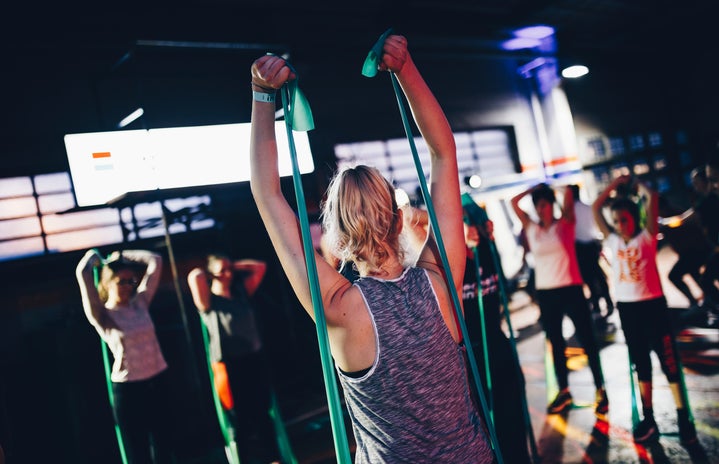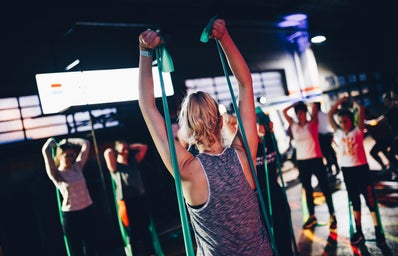Every college student is a coffee person by default. All we need is our daily Starbucks fix and we can take on any challenge. Or, we can spend all week running on coffee, adrenaline, and no sleep in order to study for that grade-defining test. But, is that really the healthiest option? What are our alternatives–other than a caffeine crash and failing all our classes? Actually, a healthier alternative we often overlook is tea — it’s a little less acidic than coffee and has a few more benefits. Not to mention, there are different types, flavors and other surprises that tea has to offer.
Types of teas
Black tea, sometimes referred to as red tea, will probably be your favorite because it has the most caffeine. The process of drying and manufacturing black tea results in the leaves being more oxidized than other teas, so that means the flavor is stronger and lasts longer. In comparison, green tea usually “goes bad” or loses its flavor after a year whereas black tea does not. Some popular types of black tea include chai, Darjeeling, and earl grey tea.
Green tea is one of the most famous teas with history dating back to ancient China. With rich cultural roots, green tea has been known for its antioxidants and medicinal powers. Recently, green tea has gained popularity in the weight-loss community because it quickens your metabolism, making it easier to shed pounds. A by-product of green tea is matcha, which has also gained prominence in popular culture. It is a finely ground powder of specially grown green tea leaves that can be found at your favorite coffee shop in the form of a latte.
White tea is flavorfully lighter than other teas because the white tea drying and manufacturing process doesn’t include rolling or oxidizing the tea leaves. Thus, its flavors aren’t as strong as traditional green or black teas. Though it’s referred to as white, white teas are usually a pale yellow. If you’re already a fan of white tea then you know the most popular types are silver needle and white peony.
Yellow tea is becoming increasingly rare and expensive. The two main types of yellow tea are the Chinese huángchá and the Korean hwangcha. Yellow tea usually falls between white tea and green tea in flavor because its process results in lower oxidation rates. Yellow tea was originally made to be a healthier, better tasting version of green tea without the grassy smell or taste.
Oolong tea is dried and produced much differently than any other tea making it the tea with the biggest flavor range. Oolong’s flavor profile ranges from sweet and fruity to thick and woody and even green and fresh.
Herbal teas are another potent tea with plenty of flavor options. They are unlike aforementioned traditional teas because they are a concoction of flowers, fruits, herbs and spices. If you’ve ever heard of a tea that didn’t specify if it was black, green, etc., but it sounded packed with zest then it was most likely herbal. The most popular herbal tea that comes to mind is chamomile, which is decaf and great for sleep.
Caffeine levels
Most caffeine levels found in teas are based on when the leaf was plucked, the production process, and the environmental factors. However, you can usually assume how much caffeine is in a tea based on what type of tea it is. Black tea has the most caffeine. If you have a cup large enough then it almost rivals drinking a cup of coffee. Oolong is the second highest caffeinated tea. Green tea comes after, but it is considered a mid-range caffeinated drink. Yellow tea is next and is considered a low-level caffeinated drink. White tea has the least amount of caffeine. Most to all herbal teas are caffeine free. Most types of tea, other than herbal, will have some or trace amounts of caffeine despite what the label may say.
Brands
Teas are dried parts of plants, which leaves them vulnerable to environmental influences during production. Make sure to check if your tea was made using genetically modified plants or if it was grown conventionally, which is code for grown using pesticides. Some of the major brands (which may be tempting because they’re often cheaper) are the worst offenders. However, there are several brands that don’t test high for pesticides and that are organic. Remember, tea is supposed to be a healthy alternative to coffee, sodas, and other drinks. So, it’s important to make sure the brands you’re supporting and buying from are following through with the health benefits they say they’re offering.
So, as you expand your flavor pallet’s horizons don’t be afraid to test out different teas because you never know what you’ll end up enjoying. Don’t forget! You can enjoy tea just like you enjoy your coffee. Black, with cream and sugar, added milk, iced, or hot. The possibilities are endless, and the first step only takes a sip.


